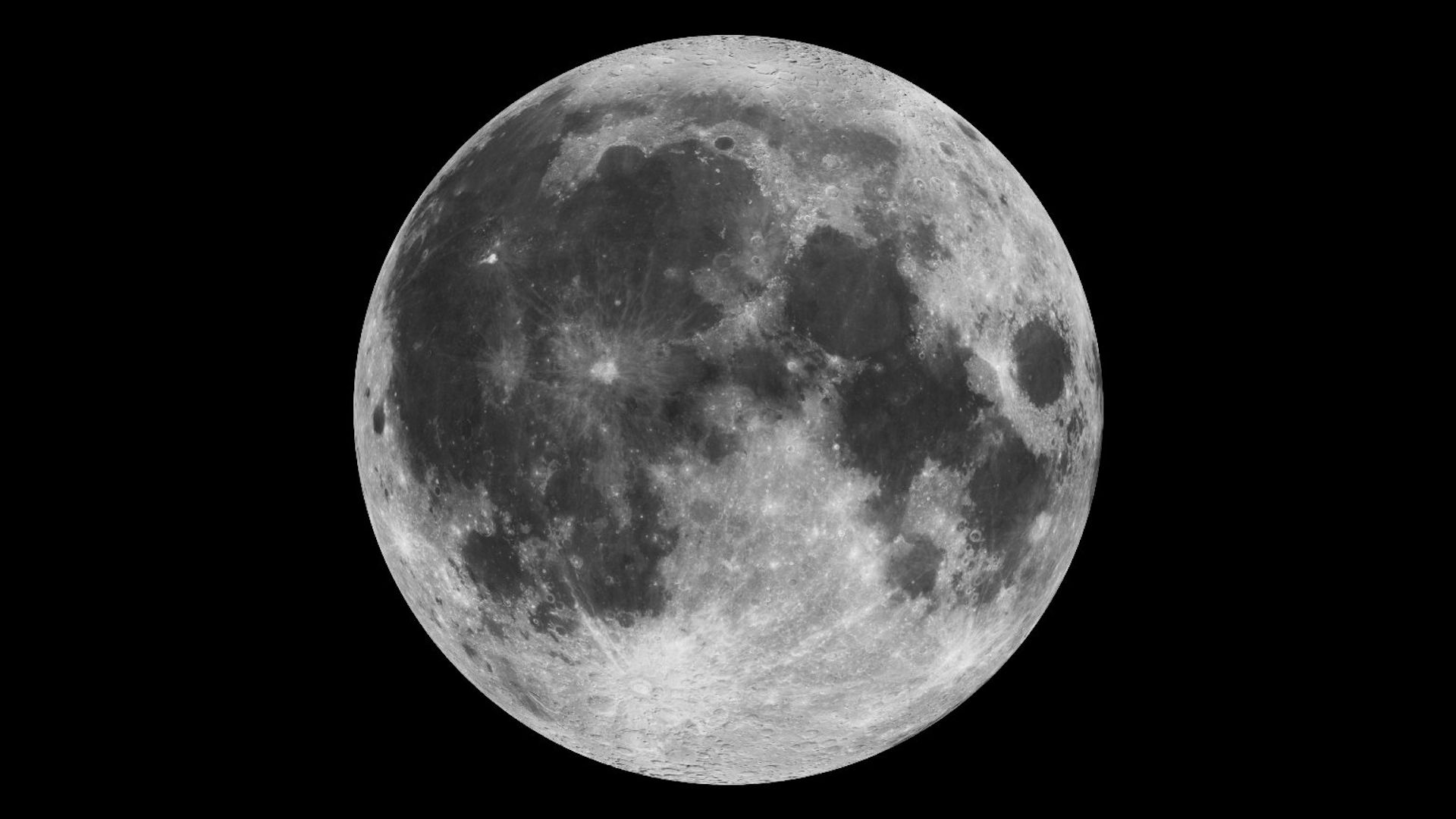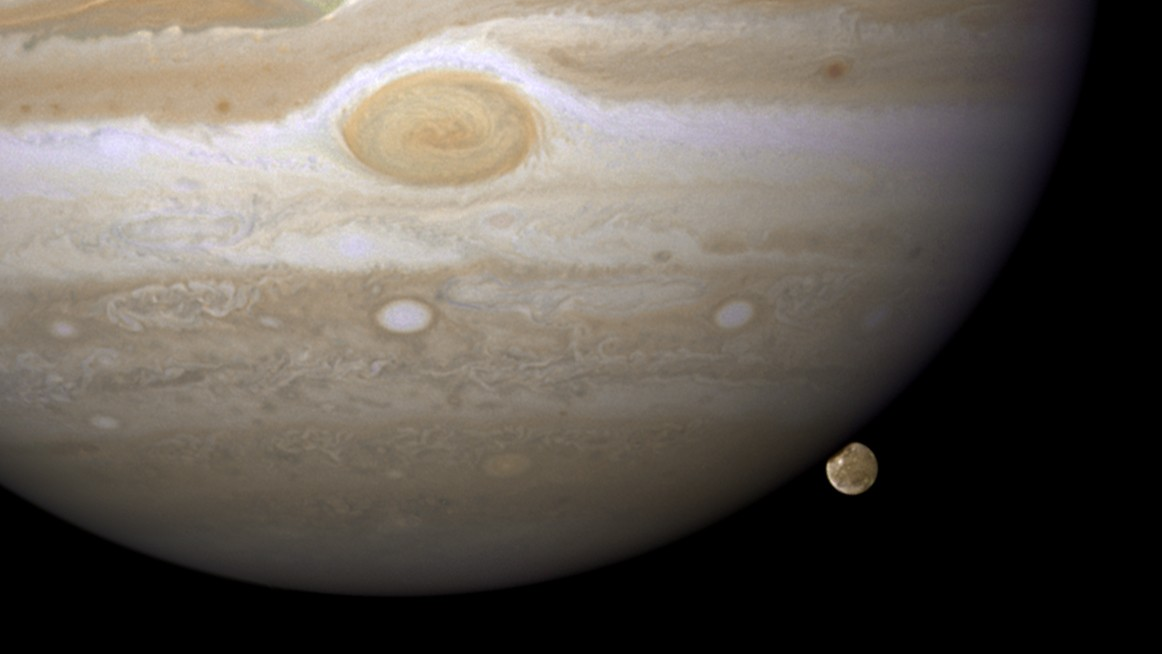
It’s easy to take our Moon for granted, especially when we’re in our homes at night, away from its light. Even when we’re outdoors, it’s always there above us, waxing and waning in the sky. Familiarity can make us assume that there’s nothing that special about our Moon.
In fact, this couldn’t be further from the truth. There is no other moon quite like our own in the entire solar system. The Moon is unique in a lot of ways, some of which are even responsible for keeping our planet habitable.
5
It’s the Only Solo Moon in the Solar System
You’re probably aware that some of the planets in our solar system have multiple moons. Saturn is far and away the leader, with an incredible 274 moons and counting after the recent discovery of a further 128 Saturnian moons.
Related
Saturn Just Gained 128 More Moons
Saturn already had the most moons in the solar system and now it has 128 more.
Some planets aren’t so lucky. Mercury and Venus, the two closest planets to the sun, are the only two planets in the solar system that don’t have any moons at all, although Mercury does resemble our Moon with its crater-scarred surface.
As strange as it may seem to us, having lived our lives on a planet with a single moon, the Earth is the only planet in the solar system that has exactly one moon. Mars has two moons, Neptune has a total of 16, Uranus has 28, and Jupiter has 95. The lone moon of Earth makes it unique in our solar system.
4
It’s Unusually Large Compared to Its Planet
The Moon is far from being the biggest satellite in the solar system. That title belongs to Ganymede, one of the moons of Jupiter. Ganymede is so big that it’s bigger than Mercury, the smallest planet in our solar system. Ganymede is believed to have underground oceans that could hold more water than covers the surface of the Earth.
Ganymede is about half as wide again as our Moon, which is only the fifth largest in the solar system. Saturn’s moon Titan and Jupiter’s moons Callisto and Io are all larger than the Moon.

Related
The Top 10 Biggest Moons (Ours Isn’t Number One)
It turns out our Moon isn’t that impressive.
Our Moon may not be the largest in the solar system, but it’s size does give it one unique property. It’s by far the largest moon in comparison to its planet. The diameter of the Moon is roughly a quarter of the diameter of the Earth. The four larger moons are all in orbit around gas giants which are much, much larger than their moons.
3
The Moon is Keeping Our Planet Stable
The large size of the Moon relative to the Earth provides another unique property. Because the Moon is relatively large, it exerts a significant gravitational influence on our planet. This gravitational influence stops the Earth’s tilt from changing too dramatically over time.
If you look at a globe, you’ll see that the rod around which the globe spins is at an angle. That’s because the Earth’s axis is tilted at around 23 degrees relative to its orbit around the Sun. While the angle of tilt is slowly changing over time, the Moon’s influence keeps the tilt within a narrow range, oscillating about 2.4 degrees over the course of a 41,000-year cycle.
Without the Moon’s influence, the variation in Earth’s tilt would change significantly over time, which would lead to drastic changes in the climate. Scientists believe that even the minor changes in tilt that the Earth experiences are responsible for climate events such as ice ages. Without the Moon, we would likely experience such prolonged and extreme periods of cold or heat that it would make it far more hostile to life.
If you want to see what might happen to Earth’s tilt without the Moon, just look at Mars. Without a large moon to stabilize it, it’s believed that the tilt of Mars could vary by as much as 50 degrees.
2
It’s the Only Moon That Can Cause a Perfect Solar Eclipse
This is one of those bizarre quirks of fate that make it feel like it must be by design. The diameter of the Sun is about 400 times bigger than the Moon. However, the Sun is also about 400 times farther away.
The result of this coincidence is that the Moon and the Sun appear to be almost exactly the same size in the sky when viewed from the surface of the Earth. This means that when there is a total solar eclipse, the Moon almost perfectly covers the Sun.
From our experience, we might expect that this is what all eclipses are like, but this isn’t the case. Eclipses take place on other planets, with the Sun being completely obscured by the planet’s moons, but in these instances, the moons are larger in the sky than the Sun rather than the almost perfect match that we witness on Earth.
For all the other planets with moons, the Sun appears smaller in the sky due to those planets being more distant from our star. For example, during a total eclipse of the Sun on Jupiter, Ganymede will appear to be around three times larger than the Sun, completely covering it up.

Related
How and Why Do Solar Eclipses Occur?
Protect your eyes—wear eclipse glasses for a cosmic event view!
1
Ours Is the Only Moon Not Named After a Literary or Mythological Character
One claim to fame that the Moon would probably rather not have is that it is the satellite with the most boring name. Not all the moons that have been discovered in our solar system have been named, but of those that have, “Moon” must surely be the least interesting moon name. All the other moons that have been named have been given names based on characters from mythology or literature, which makes them sound far cooler than our Moon does.
Galileo Galilei is credited with discovering the first moons beyond our own, and initially he called them the Medicean Stars after his patron Cosimo II de’ Medici. It was the German astronomer Johannes Kepler who suggested naming the moons after characters from mythology associated with Jupiter, naming them Io, Europe, Ganymede, and Callisto. This convention continues to this day.
The International Astronomical Union (IAU) is the body that is ultimately responsible for naming moons, and its guidelines have themes for each planet. Saturn’s moons are named after mythological figures linked with the god Saturn, the moons of Uranus are named after characters from the works of Shakespeare and Alexander Pope, and the moons of Neptune are named after characters from Greek and Roman mythology that are connected to the sea. While the person that discovers a moon can propose a name to the IAU, the name must fit these guidelines for the name to be accepted.
From our experience living on this planet, we might expect other moons in our solar system to be similar to ours. In fact, our Moon is unique in several ways, from its large relative size to its rather disappointing name. It’s also the only moon that humans have ever set foot on, and although NASA’s Artemis program aims to return humans to the Moon, it’s highly unlikely that we’ll be walking on the moon of another planet for quite some time.
There’s one other way that our Moon is unique; it’s the only moon in the solar system that we can easily see with the naked eye. Next time there’s a full moon, why not take a walk outside and marvel at the beauty of our very own unique moon.
Source link











